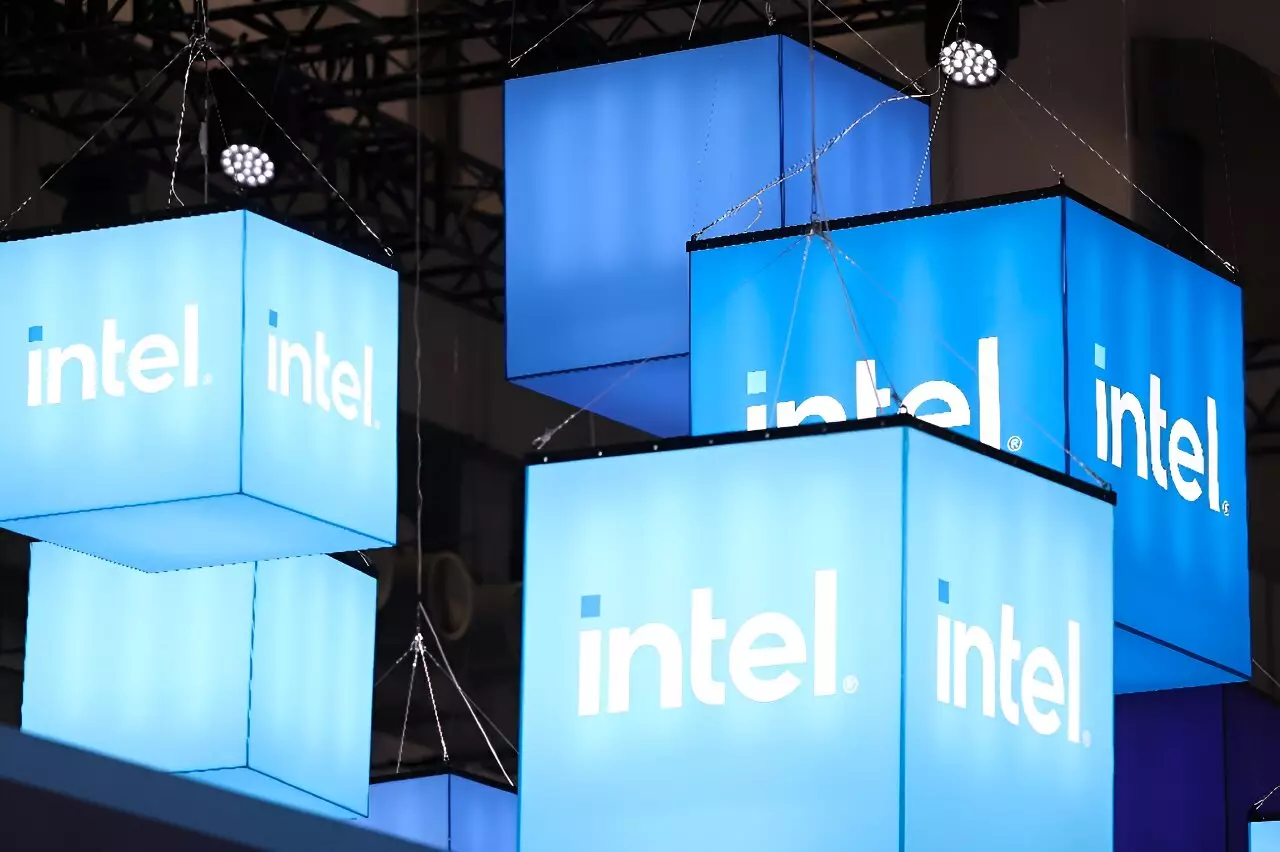Intel, a prominent player in the semiconductor industry, has recently announced a significant postponement in its plans to establish two large-scale chip manufacturing facilities in Germany and Poland. This decision is primarily driven by unexpected lower demand for semiconductor products, which poses a challenge not only for Intel but also for the European nations that invested heavily in these projects. The impact of this announcement is substantial, particularly given the anticipation of economic revitalization in both Germany and Poland from these initiatives.
The delay comes as a major disappointment to both the German and Polish governments, who had heavily subsidized Intel’s operations with the expectation of boosting local industries. The subsidies were part of a broader European strategy aimed at enhancing semiconductor production within Europe, thus reducing reliance on manufacturers in Asia. Germany had enhanced its financial package to Intel to facilitate the launch of a €30 billion ($33 billion) factory, raising its commitment to nearly €10 billion, an increase of €3 billion over initial offers. Such financial investments were seen as vital for reinvigorating local economies, especially in the wake of inflationary pressures exacerbated by geopolitical conflicts, including the Ukraine war.
The semiconductor sector as a whole has faced significant challenges in recent years, highlighted by pandemic-related shortages that affected the global supply chain. As governments work to bolster domestic production capabilities, Intel’s pause on projects in Eastern and Western Europe reveals the fragility of the semiconductor industry’s recovery. The rise in inflation and increased costs of construction further complicate the landscape. This situation raises questions about the feasibility of large capital investments in the chip manufacturing sector, where market demand must consistently justify such expenditures.
Despite the setbacks in Europe, Intel has pledged that its operations in the United States will not suffer from the same fate. The company recently secured up to $3 billion in direct funding from the U.S. government aimed at strengthening domestic semiconductor manufacturing, particularly for military applications. This strategy underscores Intel’s commitment to maintaining its competitive edge in the U.S. against a backdrop of growing technological and geopolitical challenges. The ability to pivot resources and focus on domestic needs will likely play a crucial role in preserving Intel’s market position during tumultuous times.
Looking ahead, it is clear that Intel’s decision to delay its European projects may catalyze a more cautious approach among other manufacturers contemplating investments in the region. While the European Union’s ambitions of reducing reliance on foreign semiconductor suppliers are admirable, the reality of market dynamics and operational risks cannot be overlooked. The focus on ramping up production in other locations, such as Ireland, may provide a temporary sense of reassurance, yet the overarching uncertainties remain.
Intel’s decision serves as a reminder of the complexities facing the semiconductor industry today. As nations strive to foster resilience in their supply chains, the interplay between global demand, geopolitical events, and strategic investments will shape the future of chip manufacturing across the globe.


Leave a Reply